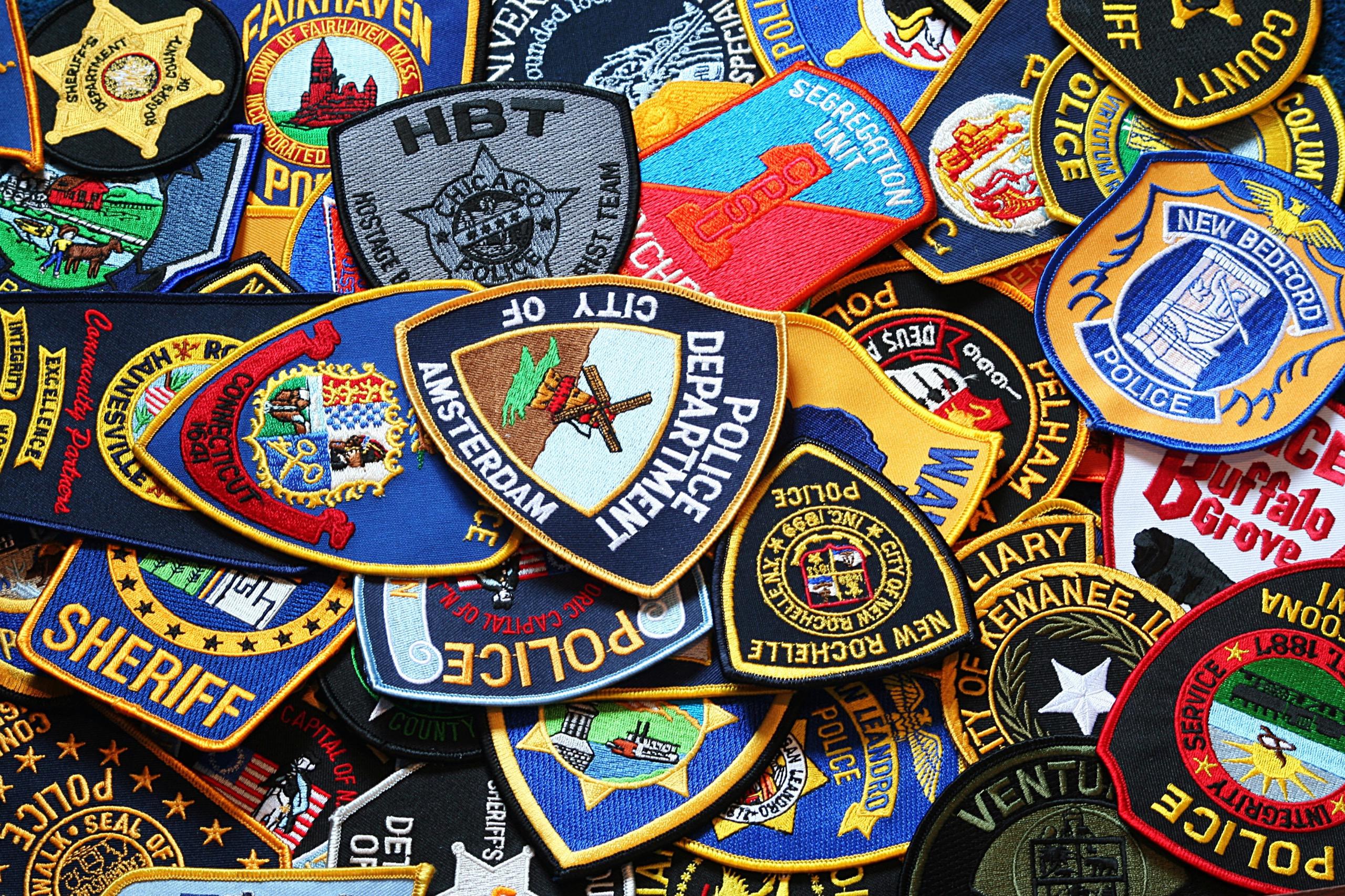

Preventing Abusers’ Access to Firearms
Over twenty years ago, the United States Congress took decisive actions to protect victims of domestic violence from the threat of firearms by their abusers - actions that have been repeatedly validated by the United States Supreme Court. State and Tribal governments, too, have enacted laws that prevent abusers from possessing or purchasing firearms. Effective implementation and enforcement of these laws requires inter-agency collaboration by officials at the state, Tribal and community levels.
Challenges to Disarming Offenders
Domestic abusers and firearms are a deadly combination. It is well documented that access to firearms dramatically increases the lethal violence of domestic abusers toward their intimate partners, children, and others. Domestic assaults involving a firearm are 12 times more likely to result in death than those involving other weapons or bodily force 1 , and women are five times more likely to be killed by their abuser if their abuser owns a firearm.2
While federal, Tribal and state laws have been put into place to keep guns out of the hands of the most dangerous domestic violence offenders, the complexity of the laws and lack of guidance on implementation and enforcement have led to confusion about who is responsible for what and when. The result is a mix of federal, state and Tribal laws that are under used and under enforced. For example, the specific information needed in criminal conviction documents and court protection orders for federal firearm laws to apply may be missing or fail to make it into state and federal databases; many local, state and Tribal jurisdictions have no clear protocol designating who should seize or receive the prohibited firearms and where they should be stored; and few communities specifically lay out who is responsible to make sure that court orders to surrender firearms are followed or identify who will hold prohibited individuals accountable for failing to comply with court orders. In addition, as more states and tribes pass their own laws on firearms and domestic violence, the potential for confusion about roles and responsibilities of local, state, Tribal and federal responders continues to multiply.
- 1 Linda E. Saltzman, et al., Weapon Involvement and Injury Outcomes in Family and Intimate Assaults, 267 JAMA, 3043-3047 (1992)
- 2 Jacquelyn C. Campbell et al., Risk Factors for Femicide in Abusive Relationships: Results from a Multisite Case Control Study, 93 Am. J. Pub. Health 1089, 1092 (July 2003).
Communities Rise to Meet These Challenges
At every level of government communities work to address the complexities involved in implementing and enforcing firearm prohibitions, establishing themselves as models and providing leadership to communities who want to do more. Over and over again, the challenges to disarming domestic violence offenders are overcome when agencies and organizations work cooperatively and make victims safety a priority. Below are a handful of examples of how communities have risen to meet the challenges inherent in enforcing these prohibitions.
Local
- Many law enforcement agencies partner with local businesses such as licensed gun dealers and gun ranges, for storage and disposal of firearms.
- One community developed a guide of multi-disciplinary protocols of firearm surrender that may be adapted to meet the removal goals of many jurisdictions. Protocols include at-the-scene firearm surrender, administrative retrieval and transfer of firearms by protection order respondents, storage and return of firearms, and coordination of agencies.
State/Tribal
- Deputies in one community determine whether there is a restraining order in effect that triggers federal firearm possession laws and removes firearms when there is such an order. If there is not a restraining order in effect, deputies record identifying firearms information and provide it to prosecutors and the court for consideration in release conditions and plea agreements.
- A sheriff’s department streamlined firearms storage by designating a deputy to handle surrendered weapons and refining recording procedures for effective identification and access. Firearm surrender in the protection order process has been enhanced to include changing order forms to include specific date, time, and location of required firearm surrender; requiring the court to notify law enforcement and the statewide protection order registry when an order for firearm surrender has been entered; and requiring whomever receives the surrendered firearms to immediately notify the court.
Federal
The United States Department of Justice is: enforcing federal firearms laws and rulings that require abusers to surrender their guns and prohibit them from purchasing new ones; ensuring that abusers are notified of the laws and rules; and investing grant funds in state and local efforts to reduce the incidence of domestic violence homicide, such as through the Office on Violence Against Women's DV Homicide and Firearms Reduction Initiatives.
The Importance of a Comprehensive Approach
The Safer Families, Safer Communities project advances a comprehensive approach by illuminating five key areas implicated in successfully enforcing firearm prohibitions. By considering action in all five of these Community Strategy areas, cities, states and Tribes can make great gains in preventing domestic violence-related gun death.